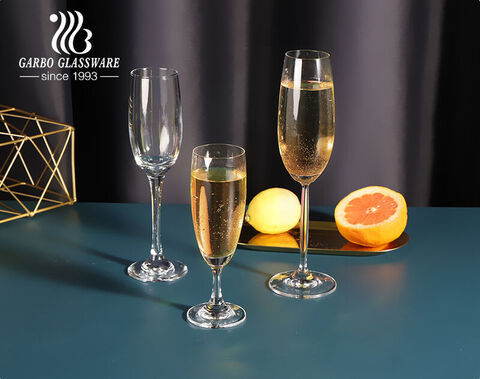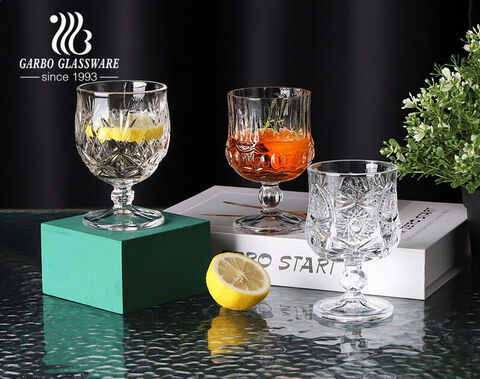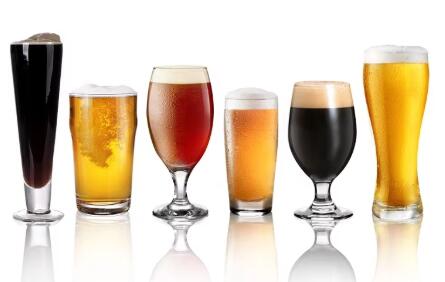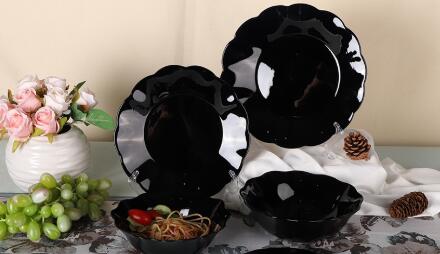The craftsmanship of making wine glass
Pulished on Mar. 14, 2023The art of making wine glasses has been practiced for centuries. It is a delicate and intricate process that requires precision and skill. From the selection of materials to the final product, every step is crucial to creating a beautiful and functional wine glass.
Garbo have various type of wine glass can choose, the quality of the wine glass is very good, now we are going to introduce you about the craftsmanship of making wine glass.

Materials
The first step in making a wine glass is selecting the materials. Traditionally, wine glasses were made from crystal, a high-quality glass that is known for its clarity, brilliance, and ability to refract light. Crystal is made by adding lead oxide to molten glass, which gives it its characteristic shine and weight.
Today, many wine glasses are made from a type of glass called soda-lime glass. This is a less expensive alternative to crystal that is still durable and beautiful. Soda-lime glass is made by melting silica sand, soda ash, and limestone together in a furnace. The resulting glass is clear and can be molded into many shapes and sizes.
Design
Once the materials have been selected, the next step is to design the wine glass. Wine glasses come in many different shapes and sizes, each designed to enhance the wine drinking experience. For example, a red wine glass will typically have a larger bowl than a white wine glass. This allows the wine to breathe and helps to release its aromas.
The design of a wine glass also affects its stability and durability. The stem of a wine glass must be long enough to allow the drinker to hold it comfortably without touching the bowl, which would warm the wine. The base of the glass must be wide enough to provide stability and prevent it from tipping over.
Molding
Once the design has been finalized, the glassblower will begin the molding process. This involves heating the glass to a temperature of around 1,500 degrees Fahrenheit, at which point it becomes malleable.
The glass is then blown into a mold, which gives it its final shape. The mold can be made from a variety of materials, such as wood or metal. The glassblower will use tools to shape the glass as it cools, ensuring that it has the desired curves and angles.
Cutting and Polishing
Once the wine glass has been molded, it will be cut and polished. This involves removing any excess glass and smoothing out the edges. The cutting and polishing process is what gives the wine glass its final shine and clarity.
Engraving
Some wine glasses are also engraved with designs or logos. This is usually done using a diamond-tipped tool, which etches the design into the surface of the glass. Engraving is often used for commemorative glasses or for special occasions such as weddings.

Quality Control
Throughout the process of making a wine glass, quality control is essential. Every glass must be inspected for flaws, such as air bubbles or cracks, that could compromise its integrity. Even the slightest imperfection could cause the glass to break or shatter when in use.
The craftsmanship of making wine glasses is a delicate and intricate process that requires precision and skill. From the selection of materials to the final product, every step is crucial to creating a beautiful and functional wine glass. Whether made from crystal or soda-lime glass, a well-crafted wine glass enhances the wine drinking experience and adds elegance to any occasion.









